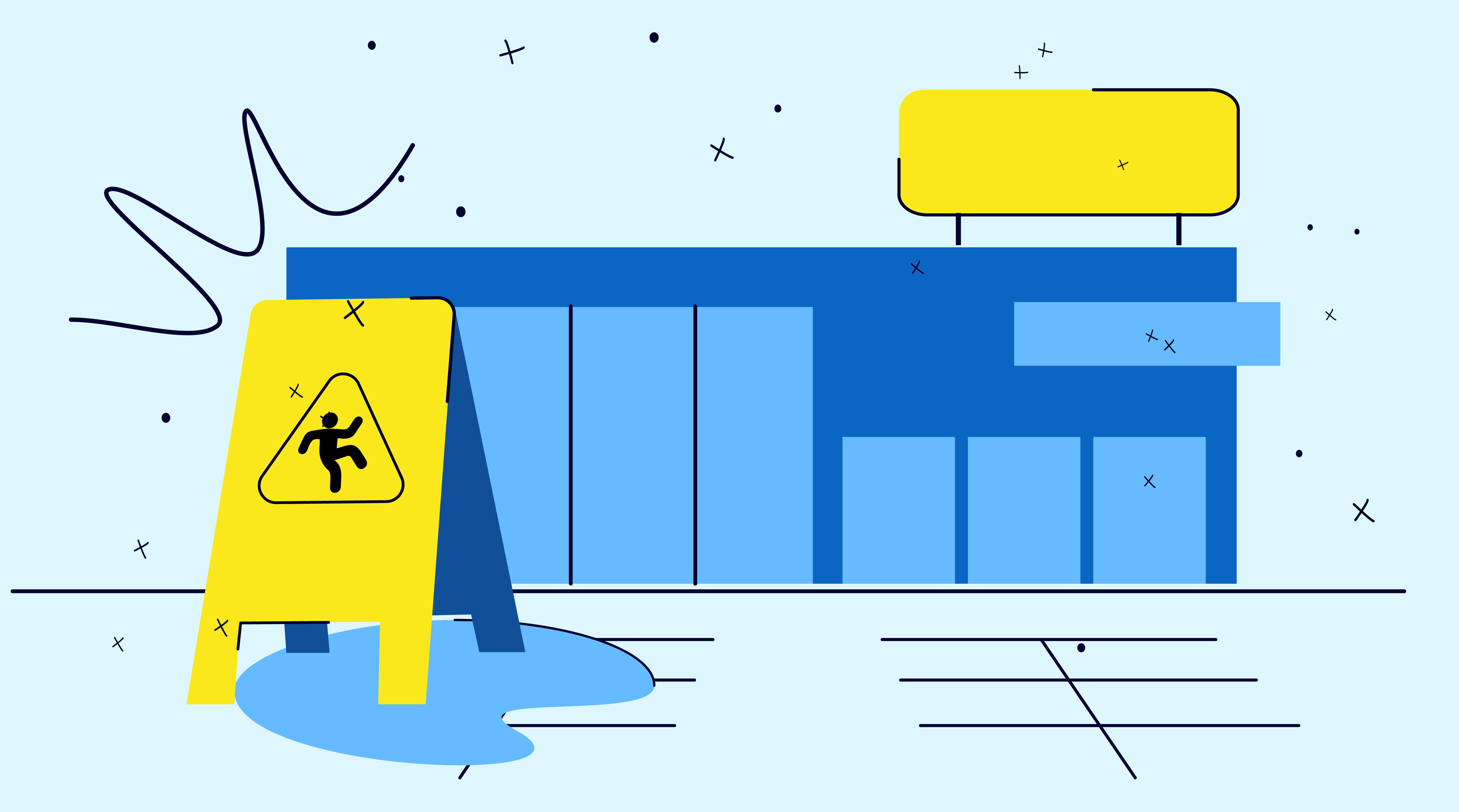Most home fires in the United States occur during the holiday season and winter months, with more home cooking, flammable decor, and faulty heating to blame. Property owners have a unique legal responsibility to keep their property safe for tenants, visitors, and guests. In the case of fire, identifying those responsibilities becomes especially important for ensuring that those injured are able to get the compensation deserved.
In fact, while many fires may have a product as a cause, the vast majority of fire injury cases have the landlord listed as a defendant for failing to have proper fire protection measures in place. Fires happen, and federal and local laws have been developed on this premise. It’s not about whether or not a fire will begin, it’s about if and how it will spread, or how an injury eventually came to occur. Even if a fire was started by a tenant, a strong case can be built against the defendant.
Here’s how to approach filing a premises liability claim as part of a fire injury case.
Defining Landlord Liability
Late Is Not Too Late
In an ideal scenario, clients retain a law firm shortly after the fire occurs. In that case, it’s essential to get investigators on the ground as soon as possible to identify cause, evidence that needs to be preserved, and send notice to relevant parties. However, clients often retain a law firm months after the incident, when the property has already been demolished and/or rehabilitated and the evidence is long gone. While it’s then necessary to rely on the local investigation that was conducted, the claim is far from hopeless, even if no cause has been determined.
Here’s what to look out for.
The Fire Safety Trio
Once a fire starts, detection, notification, and suppression systems exist to alert people in the area and limit its harm. Each of these components are heavily regulated and are the first place to look for potential landlord neglect. Smoke alarms detect and notify, but simply having a smoke alarm in a residence is not enough. Are the correct number of alarms in the home? Were they properly placed? Did they go off? Were they properly installed with a full battery?
Recommendations such as NFPA 10 provide detailed requirements for the placement, maintenance, and use of fire extinguishers. If the initial burn spread because there was no access to a fire extinguisher or it hadn’t been recently inspected, the landlord is liable.
Egress
Historic tragedies such as the Triangle Shirtwaist Factory Fire, where hundreds died due to locked doors and stairwells, have resulted in the strict enforcement of safe exit options in the event of a fire. On a residential property, injury often occurs when people jump out of windows or are forced to break glass, etc.
Check local laws to see how exits must be provided and maintained. In Florida, for example, it’s illegal to have a double-sided deadbolt on a front door. In the event of safety bars on a window, quick-release security latches often get stuck and require regular checks.
The Paperwork Trail
Unlike traditional premises liability cases, tenants are not required to show proof that they notified property owners of a hazard. The burden of proof lies with landlords to prove that they kept the property up to the fire safety code and regularly inspected, maintained, and fixed any concerns.
In gathering evidence related to the fire safety trio and egress, it’s important to identify what paperwork does not exist as much as what does; if the defendant claims that an inspection occurred but there’s no record, that can be used to bolster the case. Be sure to ask for all inspection and maintenance records during discovery.
Overcoming the “Old Building” Defense
Since buildings are required to comply with the fire safety code at the time that they were built, many landlords will use this argument to evade liability. However, renovations or essential upgrades render this argument invalid. If a roof is repaired or a unit is gut renovated, the building must undergo a fire safety update as is required at the time of the upgrade. If an owner is claiming that they weren’t legally obligated to provide certain safety measures, be sure to check the building’s permit history, or perhaps any construction that was done illegally sans permit.
Other Defendants
When building a premises case in the event of fire injury, there are likely other defendants in addition to the property owner. Nearby property owners can be responsible for the spread by providing fuel to the flames in the form of poorly kept land in drought conditions. Contractors who install fire alarm or sprinkler systems in residential or hotel buildings or those that are hired to maintain them can also be sued if they were negligent in their work.
In Summary
With the instances of wildfires increasing and as we head into the winter months, it’s important to identify points of liability for property owners and more. Working with expert partners to understand how a fire started and spread, as well as brushing up on local fire safety ordinances are all key to discovering where landlords fell short in their duties. With so many building codes and regulations in place built to prevent the histories of horrific harm, fire injury today often occurs when someone falls short somewhere along the line. It’s our duty to hold them responsible.
For more from Benjamin Wilson, listen to his appearance on the Court Chronicles podcast here.












